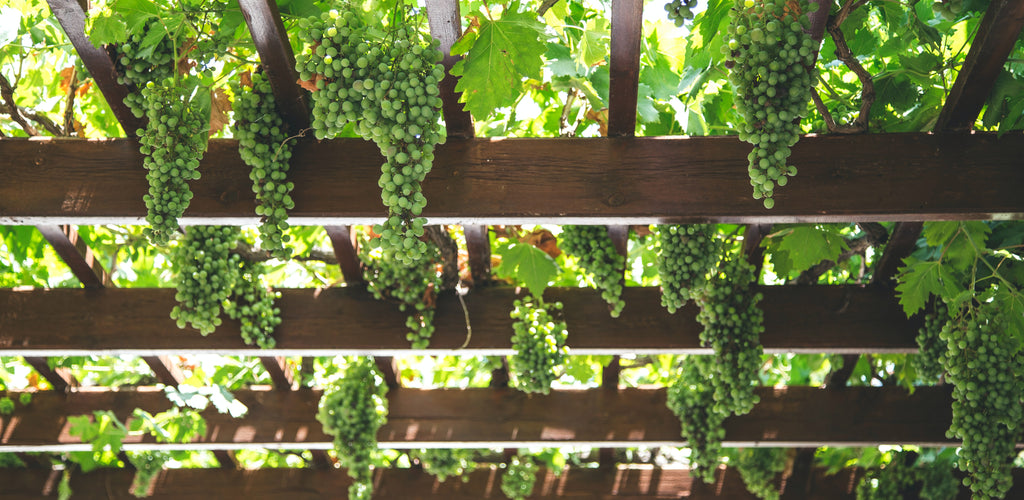6 Savoury Things to Know About Sauvignon Blanc

Happy International Sauvignon Blanc Day! Today, we’ll be toasting to this iconic white wine with some need to know facts.
Born in Beautiful Bordeaux…
Sauvignon Blanc can be traced back to the 16th century, first appearing in the iconic French regions of Loire Valley and Bordeaux regions. It’s rumoured to have gotten its name from the French terms sauvage et vigne, meaning wild and vines respectively.
… But Booming Around the World
The vines thrive in sunny and cool climates, such as South Africa, New Zealand, and Chile. The grape can also be found in the vineyards of Australia, Brazil, California, and Italy. While France remains the number one producer of this zesty white wine, New Zealand is a close second, producing ~330 million litres annually!
Sauvignon Blanc plus Cabernet Franc equals…
Cabernet Sauvignon ! During the 17th century, Cabernet Franc and Sauvignon Blanc vines accidentally crossed and bred a brand new varietal. Funnily enough, Cabernet Sauvignon is now one of the most popular wine varietals in the world – looks like the grape doesn’t fall far from the vine!
Name Game
We counted over 50 synonyms for this delectable wine! Sauvignon Blanc is also known as Blanc flume, Servanien, Muskatsilvaner, Picabon, and Feigentraube. How many names do you recognize?
Zesty, Herbaceous, and Distinctive
Sauvignon Blanc is one of the most easily recognizable varieties, even for the most amateur of wine lovers! On the nose, it typically demonstrates grassy, vegetal aromas, sometimes veering into ripe passionfruit and mango! The minerally taste is balanced with high acidity and moderate alcohol levels.
Perfect Pairing
While a glass of Sauvignon Blanc is delicious on its own, it’s also a great match for a surprising number of dishes! Its minerality and citrusy tones allow it to pair with grilled seafood, grassy salads, herbaceous cheeses, and white meats.
Thirsty for more? Click here to discover our entire Sauvignon Blanc collection online.





